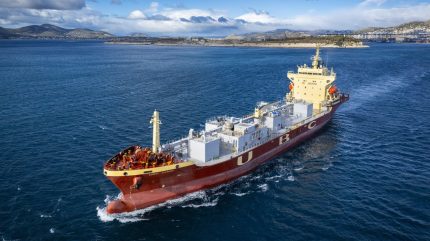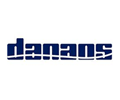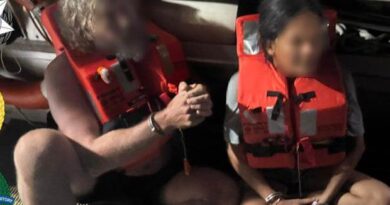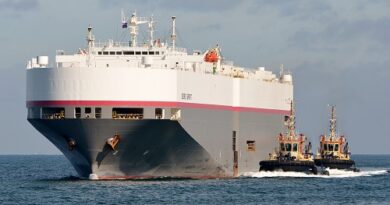Seabound launches carbon capture initiative on cement vessel

UK-based Seabound has launched an onboard carbon capture initiative in collaboration with Hartmann Group, InterMaritime Group, and Heidelberg Materials Northern Europe.
This project involves installing Seabound’s compact carbon capture system on the UBC Cork, a 5,700 gross tonne cement-carrying vessel owned by Hartmann and managed by InterMaritime.
Seabound’s containerised carbon capture technology utilises calcium looping to capture up to 95% of CO₂ and 98% of sulphur emissions from ship exhaust.
This process employs calcium hydroxide, or slaked lime, to absorb CO₂ and convert it into limestone, which is stored onboard until the vessel returns to port.
The system’s design allows for easy installation with minimal modifications to the vessel, making it applicable to various ship types while reducing energy consumption and costs compared to traditional liquefied CO₂ systems.
The captured carbon will be converted into limestone and offloaded at the Port of Brevik in Norway, at Heidelberg Materials’ newly inaugurated cement plant, facilitating the creation of net-zero concrete.
The Brevik facility is already operational, capturing 400,000t of CO₂ annually, with transport and storage managed by Northern Lights, the first cross-border CO₂ storage hub beneath the North Sea.
Seabound CEO and co-founder Alisha Fredriksson said: “We’re especially excited to be advancing this work in Brevik, a strategic location that’s rapidly establishing itself as a global hub for CCS with Heidelberg’s world-first facility and the Northern Lights pick up point.
“Together, we’re demonstrating how onboard carbon capture can accelerate emissions reductions in carbon-intensive sectors.”
Seabound previously completed its first onboard carbon capture pilot with Lomar Shipping and Hapag Lloyd, achieving approximately 80% CO₂ capture efficiency on a 3,200 twenty-foot equivalent unit (TEU) container vessel.
The company also demonstrated its technology for port-based emissions capture in collaboration with STAX Engineering at an event in the Port of Long Beach, California, in April.
Building on this progress, Seabound is developing its first full-scale systems for Hartmann, aimed at facilitating the transport of Heidelberg Materials’ cement from the Brevik plant.
Hartmann Group Pool Manager Operations director Captain Jayant Singh said: “Hartmann is committed to embracing and investing in environmentally friendly technologies that reduce our maritime carbon footprint and promote sustainability.
“By integrating innovative, eco-conscious solutions into our ship owning operations, we aim to contribute positively to the environment while delivering long-term value to the maritime industry and all of our stakeholders.”
Seabound aims to capture 100 million tonnes of CO₂ annually by 2040, accounting for 10% of emissions from the global shipping sector.




